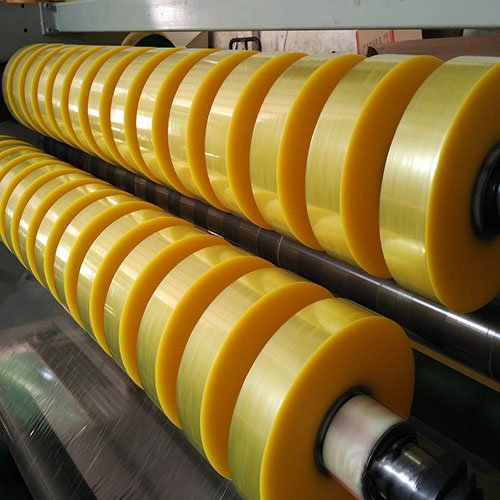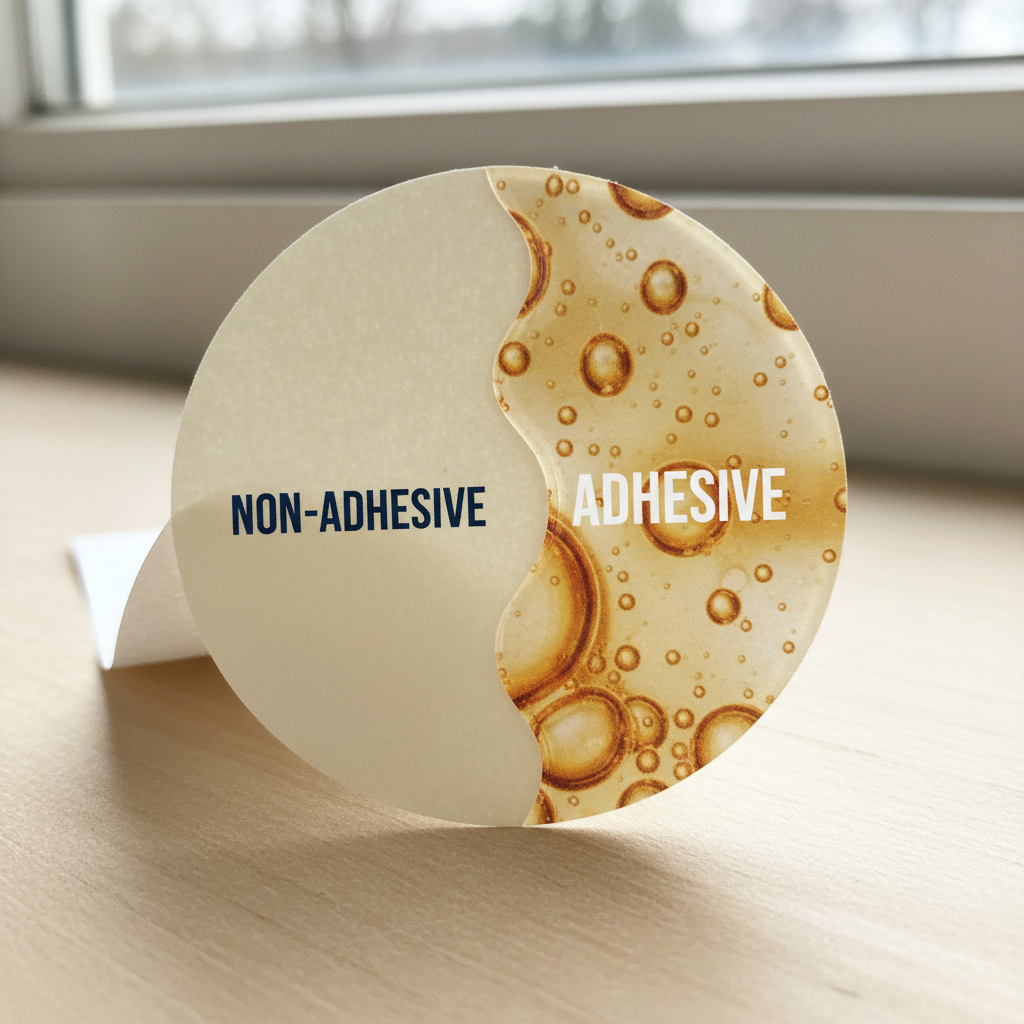Industrial PSA Adhesives: Key Principles and Best Practices
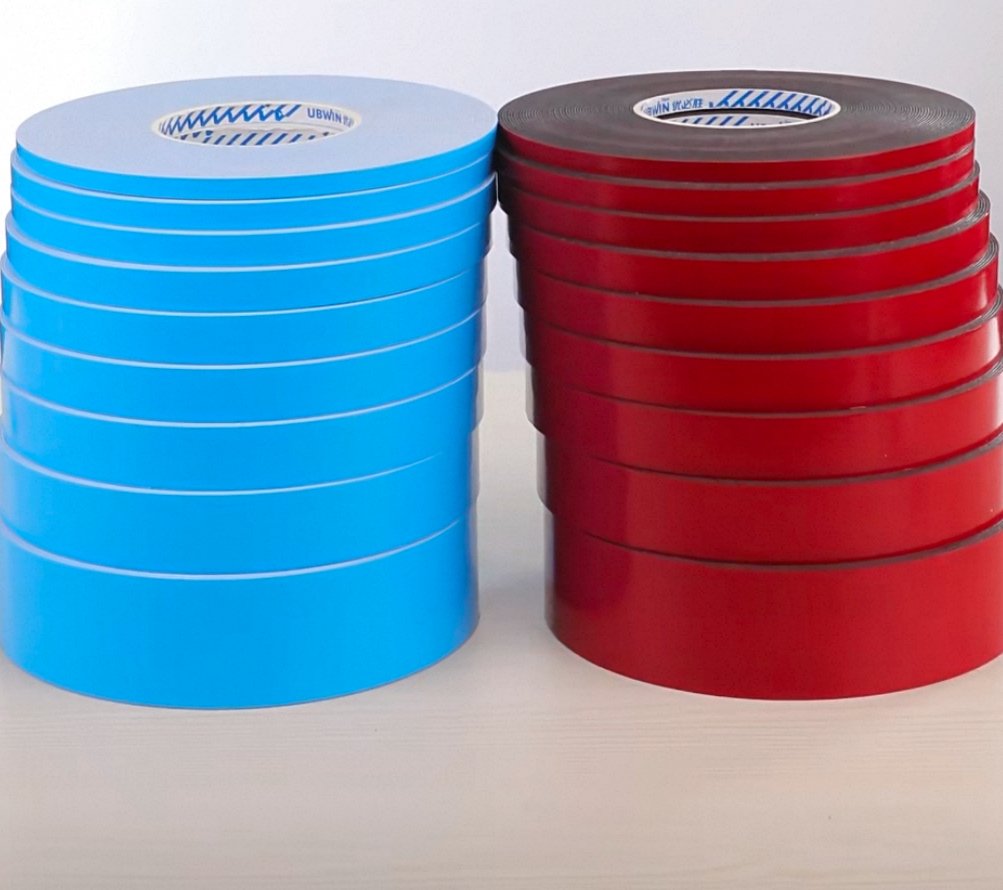
Introduction
In modern manufacturing—whether automotive, electronics, new energy, or medical devices—the right adhesive technology is critical for product integrity, efficiency, and end-user satisfaction. The growing popularity of Pressure Sensitive Adhesives (PSA) is no accident. PSA tapes and adhesives enable fast, clean, and reliable bonding for diverse substrates and production lines. For B2B buyers facing cost efficiency, supply stability, or technical complexity, knowing how to select, apply, and optimize these advanced adhesives is the key to higher quality and streamlined operations.
What Makes Adhesive Bonding Indispensable in Industry?
Traditional fixing methods like screws, welding, or mechanical clips require extra labor, can stress materials, and often limit design flexibility. Modern PSA systems offer B2B manufacturers crucial advantages:
- Uniform Stress Distribution: Joints withstand vibration better and help prevent localized material cracking.
- Improved Aesthetics: No visible fasteners; bonding keeps product exteriors smooth and seamless.
- Efficient Workflows: Quick application saves both time and labor, supporting lean-manufacturing goals.
- Multimaterial Compatibility: PSAs can join metals, plastics, composites, and more—especially valuable in electronics and automotive sectors.
- Reduced Material Prep: Eliminate the need for drilling or surface modification, cutting process steps.
Example from Industry:
Mobile phone production uses specialized PSA tapes to assemble screens, batteries, and electronic modules. The tapes must provide both strong adhesion and reliable vibration dampening while allowing for thin, lightweight device designs not possible with bolts or soldering.
Core Technical Principles: Adhesion and Cohesion
For any bonding application to succeed, two technical forces must be balanced:
- Adhesion: The “stickiness” between the adhesive and the substrate surface. High adhesion means the bond will resist peeling or lifting, even under dynamic loads.
- Cohesion: The internal strength of the adhesive itself. High cohesion ensures the adhesive won’t split or fail internally, preserving joint integrity under stress.
The effective bond strength always equals the lesser of the adhesion or cohesion values. Manufacturing leaders must ensure both are optimized for durable performance in their applications.
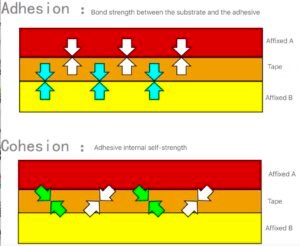
PSA Types and the Right Fit for Your Application
Selecting the right PSA depends on materials, expected stresses, and environmental exposure. The main PSA chemistries are:
- Rubber-based PSAs:
- Lower cost & excellent initial tack (stickiness)
- Ideal for indoor, lower-temperature applications
- Example: Packaging, temporary fixtures
- Acrylic-based PSAs:
- Superior durability, high-temperature & UV resistance
- Wider compatibility (metal, plastic, composites)
- Example: Electronics assembly, automotive trims
- Silicone-based PSAs:
- Unmatched heat and solvent resistance (up to 260°C)
- Best for very challenging surfaces or extreme weathering
- Example: Aerospace, advanced medical, solar panels
Tip: No single PSA type is perfect for every parameter. Understanding your operation’s exact requirements is the first step toward right-fitting your solutions.
Key Factors Influencing PSA Performance in Industrial Use
1. Substrate Surface Energy
High surface energy substrates (steel, glass, PVC) promote strong adhesion, while low surface energy plastics (like PP, PE, Teflon) require special surface treatments or primers for effective bonding.
2. Surface Cleanliness
Contaminants such as dust, oil, or release agents dramatically reduce bond performance. Implementing pre-bond surface preparation (e.g., alcohol wipe) is crucial for automotive, electronics and precision manufacturing sectors.
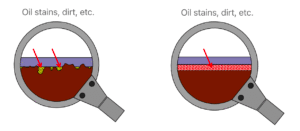
3. Thickness and Flexibility
Thicker PSA tapes offer gap-filling and cushioning—vital for uneven automotive panels or device enclosures—while thinner tapes minimize weight and bulk for compact assemblies.
4. Application Pressure and Time
Applying firm pressure (typically 2–6 bar) during installation ensures optimal wetting and intimate contact between adhesive and substrate. Full bond strength is often reached after 72 hours.
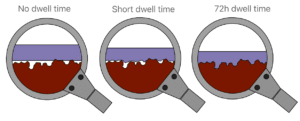
5. Environment and Aging
Temperature, humidity, and UV exposure all affect PSA longevity. Acrylic and silicone PSAs perform best in challenging outdoor or high-temperature manufacturing settings.
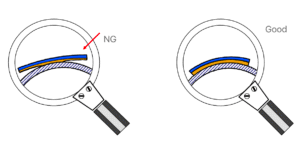
6. Testing and Quality Control
Industrial users should measure:
- Peel Strength (ASTM D3330): Force required to peel tape from a board.
- Shear Strength (ASTM D1002): Load to slide bonded sections apart.
- Static Hold (ASTM D3654): Duration under constant load before bonding fails.
Routine in-process quality control ensures zero-defect results critical for high-reliability end markets.
Real-World Application Example: PSA in Electric Vehicle (EV) Battery Assembly
In EV battery pack manufacturing, high-performance acrylic PSA tapes bond delicate cells and electronics securely while providing vibration dampening and electrical insulation. With PSA tapes, manufacturers can automate assembly, reduce risk of mechanical stress fractures, and meet rigorous automotive standards for long-term durability and safety.
Our Competitive Advantage in Industrial PSA Solutions
With decades of experience serving Tier 1 manufacturing, we offer customized PSA products engineered for the most demanding environments. Our team partners with clients from design to implementation, ensuring solutions that meet strict reliability, regulatory, and production efficiency goals. Thanks to our advanced engineering, meticulous quality control, and rapid support, B2B customers achieve process stability, reduced defects, and clear competitive advantage in their industries.
Conclusion
Selecting and applying pressure sensitive adhesives is more than a technical detail—it’s a driver of reliable production and lasting product quality. By understanding adhesion principles, PSA types, and key performance factors, B2B buyers gain the insight needed for smarter sourcing and higher efficiency. Our expertise and partnership approach empower you to build better products with confidence


